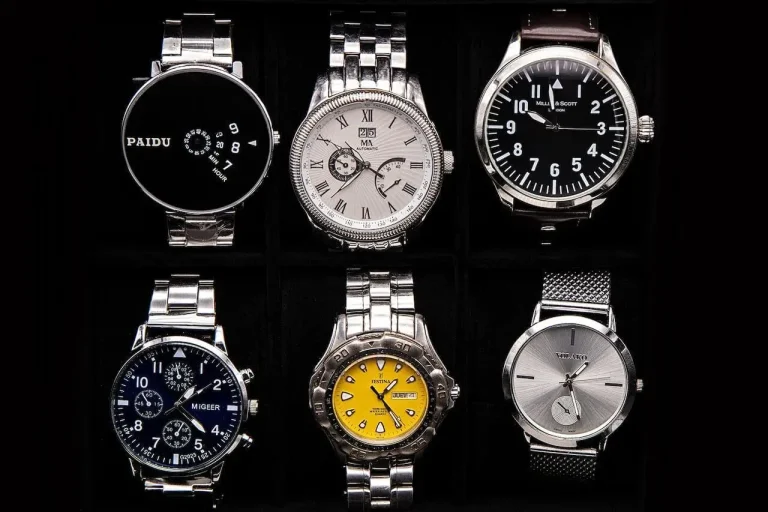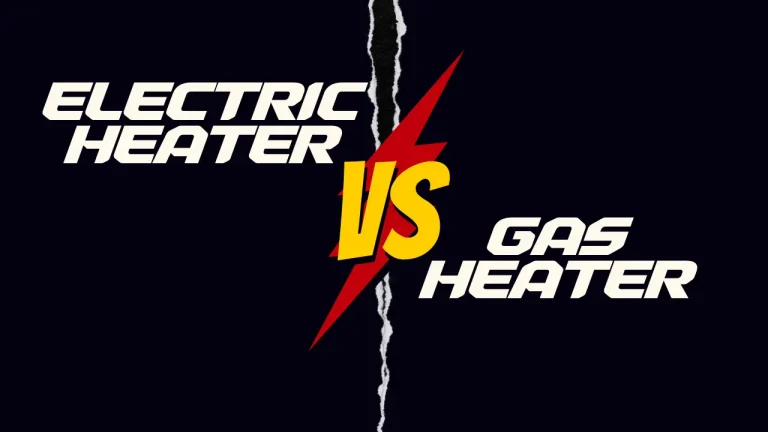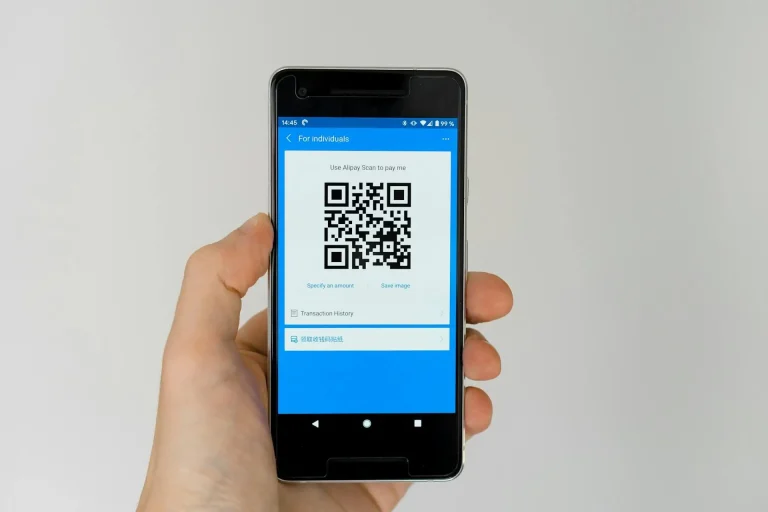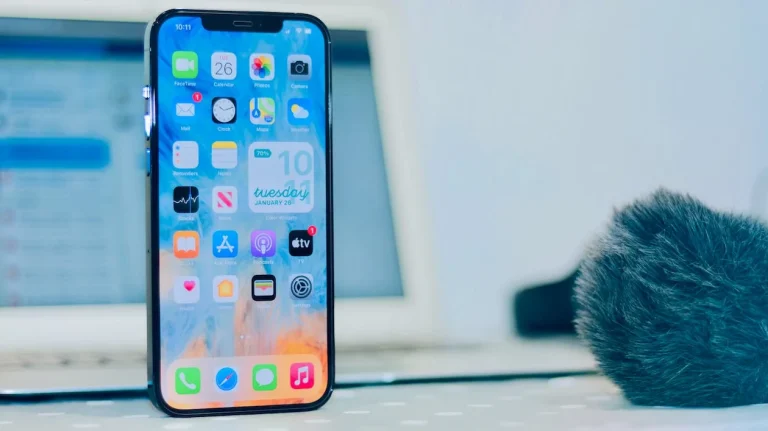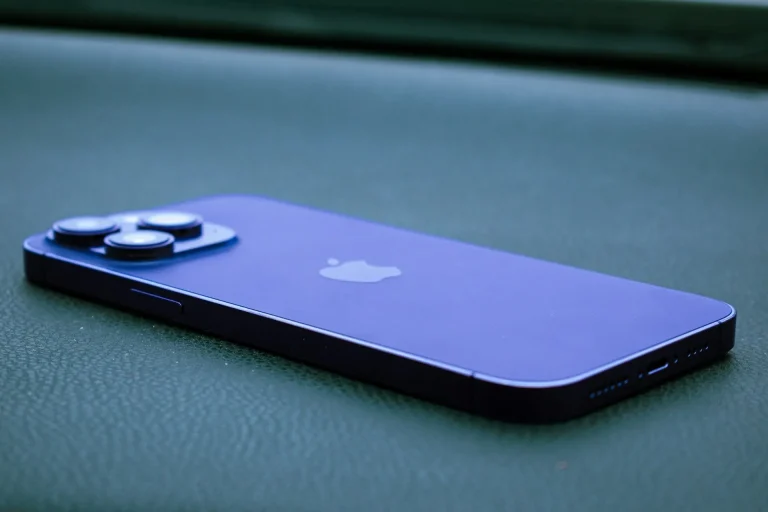Types of Chargers – Which Phone Charger is Perfect for You?
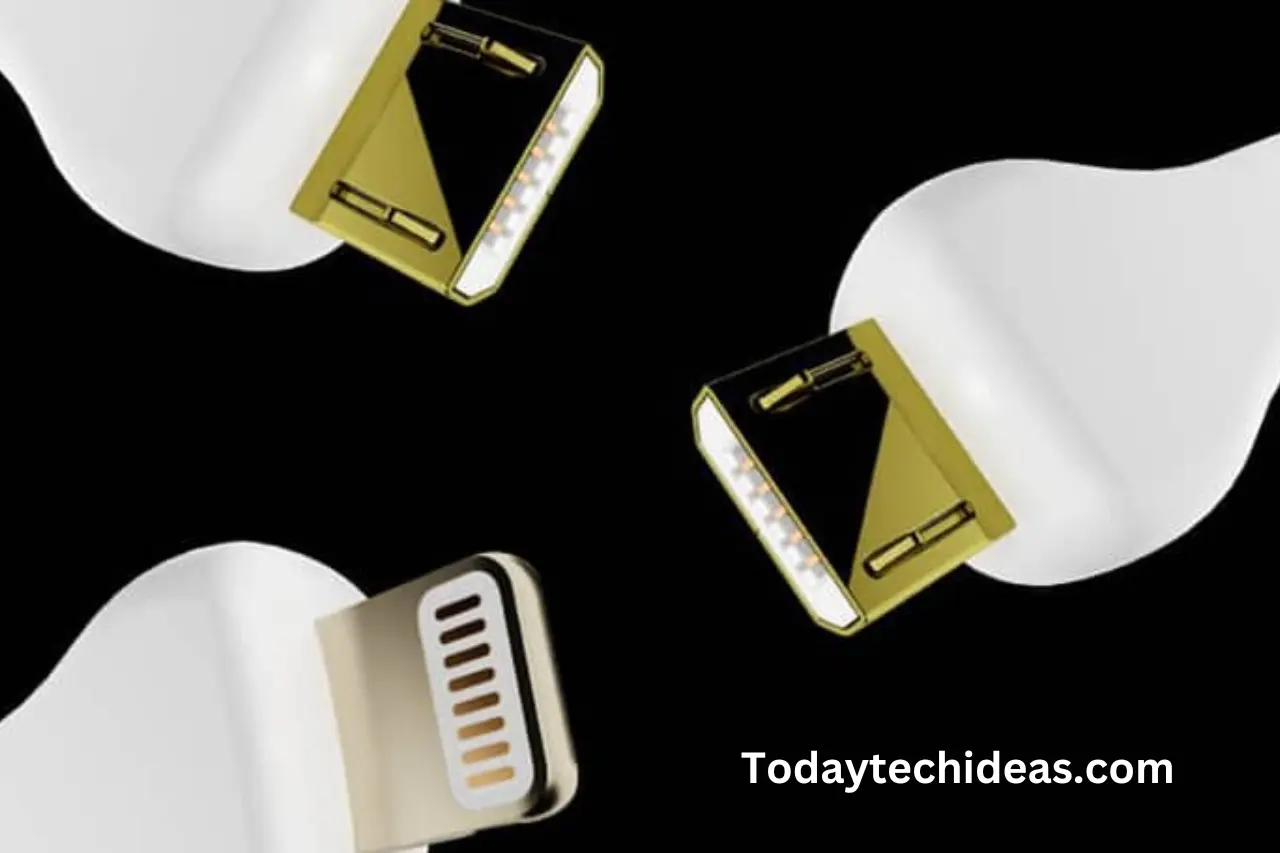
As distinct models of mobile devices are introduced every day, likewise a plethora of new chargers, having different sizes and shapes are also introduced to the market. Most people think that phone chargers are used to charge their cell phones but they’re also used as USB cables to transfer data between mobiles and computers.
Similarly, different types of chargers such as Type-A, Type-B, Type-C, Mini USB Charger, Micro USB Charger, etc., create confusion among users to choose the right charger for their mobile devices, because charges are used for various needs like car charging, fast charging, solar charging, multi-device charging, and others.
Choosing the right charger for mobile devices is as complicated as living without mobile phones, so it’s compulsory to choose the right one. But don’t worry, you’ve landed at a perfect place where you’ll learn about multiple types of phone chargers, their pros and cons, and others in this guide, stay with us.
Types of Chargers – Detailed Overview
Here are some famous types of chargers:
Type-A Charger
The original and oldest standard, the USB Type-A connector, features a flat, rectangular interface commonly located at the end of most USB cables. This cable can only be inserted in one direction, and USB-A ports are typically found on computers for connecting various peripherals. Additionally, you’ll often encounter this connector on TVs, gaming consoles, and older models of smartphones and tablets.
Applications
From computers to wall adapters, they’re versatile and fit into a plethora of devices like smartphones, tablets, and other electronics.
Pros
- It’s compatible with a wide range of devices.
- It’s easy to find and affordable.
Cons
- Not the speediest option for charging compared to newer USB standards.
Type-B Charger
A unique type of connector often seen in devices like printers and those that link up with computers is the near-square connector. It’s not a prevalent feature among mobile devices, and you’d typically encounter it only in specific situations, making it quite uncommon. For everyday use with mobile electronic devices, you’re unlikely to come across the need for this near-square connector.
Applications:
They are primarily used for specific devices like printers and older smartphones.
Pros
- It has a sturdy design for connecting to larger devices.
- It’s also suited for devices with Type-B ports.
Cons
- It has limited versatility compared to Type-A.
Type-C Charger
Introducing the latest USB-C cable – the new kid on the block and the current industry standard. What makes it so special? Well, for starters, it rocks a reversible connection, so no more fumbling to plug it in the right way. But that’s not all – this cable brings a power-packed performance with faster data transfer rates and more power throughput compared to its USB predecessors.
Applications
From smartphones to laptops, Type-C is the go-to for high data transfer speeds and fast charging.
Pros
- Reversible for easy insertion.
- High data transfer speeds.
- Universal application.
Cons
- Some older devices may miss out on the Type-C party.
Mini USB Charger
Once the go-to standard for mobile devices, this petite connector has seen a shift in its role. These days, you’re more likely to spot it on a range of portable Bluetooth speakers than on your everyday mobile device. Times have changed, and so has its usual hangout!
Applications
Found in digital cameras, MP3 players, and other older gadgets.
Pros
- Compact design
- Durable build
Cons
- Slower data transfer and charging speeds.
Micro USB Charger
An older standard, it’s been losing its foothold in mobile and portable devices for a while. Even tinier than the mini-USB, you might stumble upon the occasional phone, tablet, or USB battery pack and game controller using it. However, the trend has shifted for most, with the majority now opting for the more advanced USB-C.
Applications
It’s used for charging smartphones, Bluetooth gadgets, and more.
Pros
- Compact design with widespread compatibility.
- Decent mid-range charging speeds.
Cons
- Slower compared to newer USB standards.
Lightning Charger
Apple has got its own special connector for the iPhone, AirPods, and some iPads. It’s not your regular USB standard, but Apple has been rocking it since 2012. Here’s the twist: the more recent iPad Pro models have switched things up and jumped on the USB-C bandwagon.
Applications
Exclusively for Apple devices, these connectors are an Apple fan’s go-to.
Pros
- Compact and reversible.
- Supports fast charging on newer Apple devices.
Cons
- Limited to Apple products.
How to Choose a Good Charger? Tips
Here are some pro tips for choosing a good charger from the above types of chargers:
- Check the compatibility of your device with the charger, because it matters a lot.
- Before selecting a charger, check its output specifications, including current and voltage.
- If your device supports fast charging, make sure to use a charger that also supports the same fast charging standard.
- Brand and quality of the charge are also important before choosing, so check the brand and quality of the charger.
- Cable quality can affect your device, so select a charger with great cable quality from the above types of chargers.
- If you buy chargers online, you must read reviews and feedback from the customers.
- If you have multiple devices to charge, considering the chargers with multiple ports is the perfect option for you.
Click Here to find out what to eat first week with braces.
FAQs
Conclusion
In this comprehensive guide on the types of chargers, we’ve compiled a list of 6 various charger types in which we’ve described their applications, pros, and cons of all the chargers in detail. We’ve also shared some tips on choosing the perfect charger for your device in this guide. In short, read this guide and find a charger that suits your device, on the other hand, if you’ve any queries, you can contact us using the given comment section.

